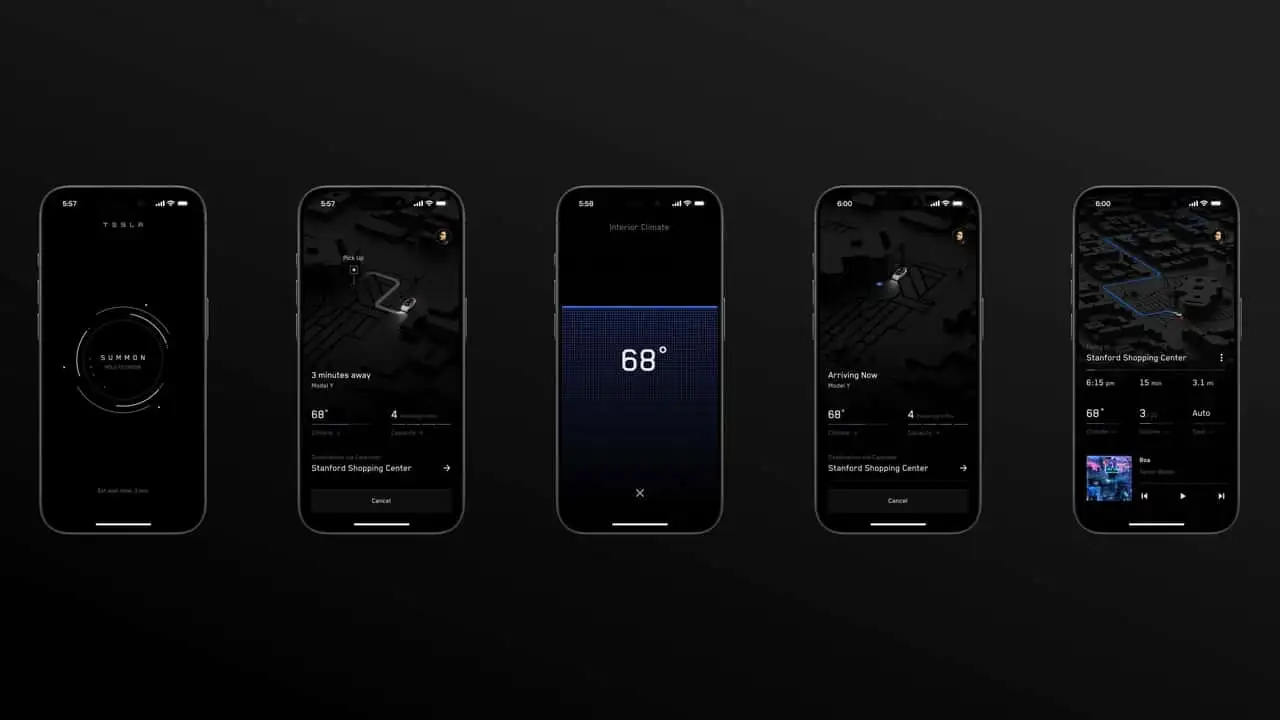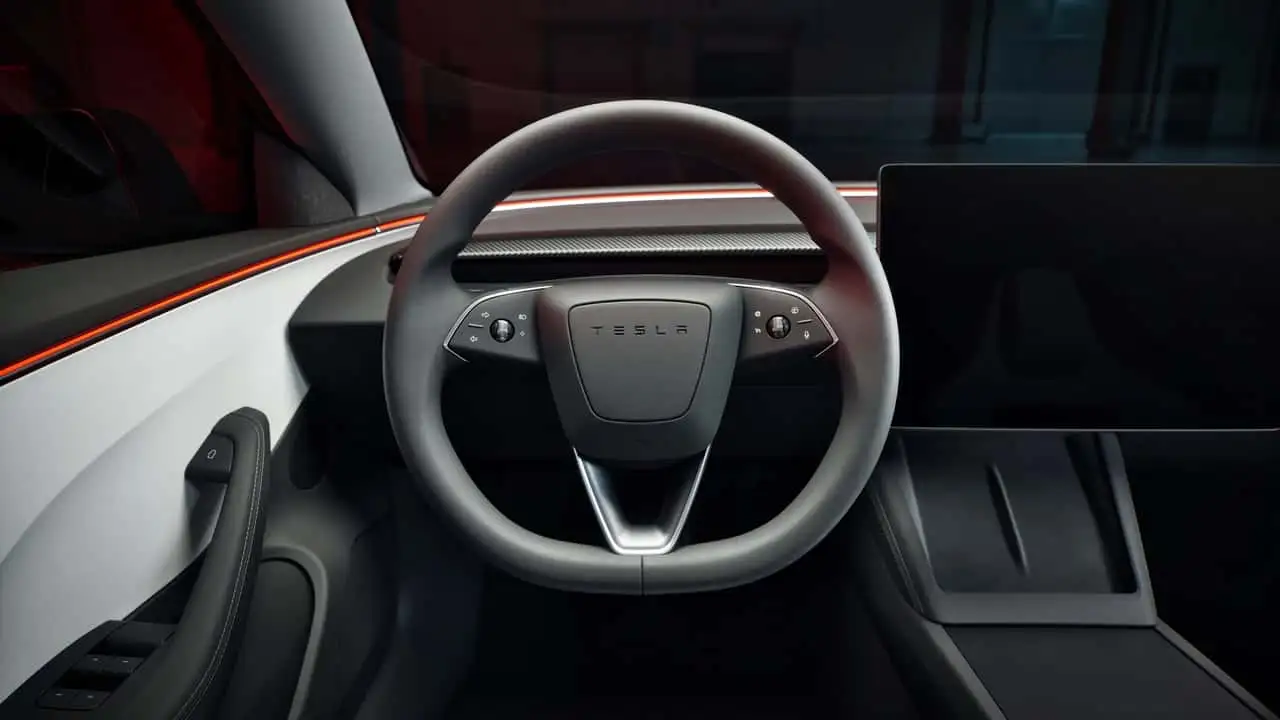Decade of Promises from Tesla’s CEO
For nearly a decade, Tesla’s CEO Elon Musk has been vocal about the potential of self-driving technology, including robotic taxis. Despite the big dreams, actual progress has been a mix of advancements and setbacks. In Tesla’s recent earnings call, Musk reaffirmed the company’s focus on artificial intelligence and autonomous vehicles, sidelining traditional car manufacturing to a secondary role.
Tesla’s Shifting Priorities and Musk’s Bold Claims
Although Tesla remains primarily a car manufacturer by revenue, Musk emphasized the company’s shift towards becoming an AI and robotics leader. He was reticent about upcoming car models, choosing instead to highlight autonomous technologies and Tesla’s plans for a fleet of self-driving taxis. Musk’s narrative hasn’t much changed over the years; he’s been making similar bold predictions about Tesla’s self-driving capabilities without substantial fruition.

Robotaxis and Autonomous Ridesharing: A Recurring Theme
Musk’s vision includes transforming part of Tesla’s fleet into autonomous taxis, enhancing personal vehicle utility by integrating them into a ride-sharing network reminiscent of combining Airbnb with Uber. This concept was first introduced in his 2016 “Master Plan, Part Deux” and reiterated in 2019 during Tesla’s “Autonomy Day.” Despite his assurance of having over a million robotaxis by 2020, this ambitious target remains unmet.

Additional Insights and Analysis
Challenges in Realizing Autonomous Driving
Creating reliable autonomous vehicles remains a complex, costly endeavor, one that Tesla continues to pursue despite technological and regulatory hurdles. Musk’s recent updates about the latest version of Tesla’s Full Self-Driving (FSD) software suggest imminent improvements, yet these claims mirror past promises that have yet to yield a fully autonomous driving experience. Tesla’s approach relies heavily on vision-based systems, eschewing the lidar and detailed mapping that competitors like Waymo use to navigate autonomously.
Skepticism and Speculation Amidst Ongoing Development
The continuous delay in delivering a fully autonomous system has led to skepticism. Tesla has sold the FSD package for years, promising significant advancements that would allow vehicle owners to engage in other activities while in transit. However, as of now, Tesla drivers must remain alert and ready to intervene, despite Musk’s assurances of near-term autonomy.
Future Prospects and Industry Impact
Despite the setbacks and ongoing challenges, Tesla’s influence on the automotive industry is undeniable. The company has catalyzed a shift towards electric vehicles and advanced driver-assistance technologies across the sector. Whether Tesla can finally fulfill its promise of self-driving technology remains to be seen, but its impact continues to stimulate significant advancements in automotive technology.
